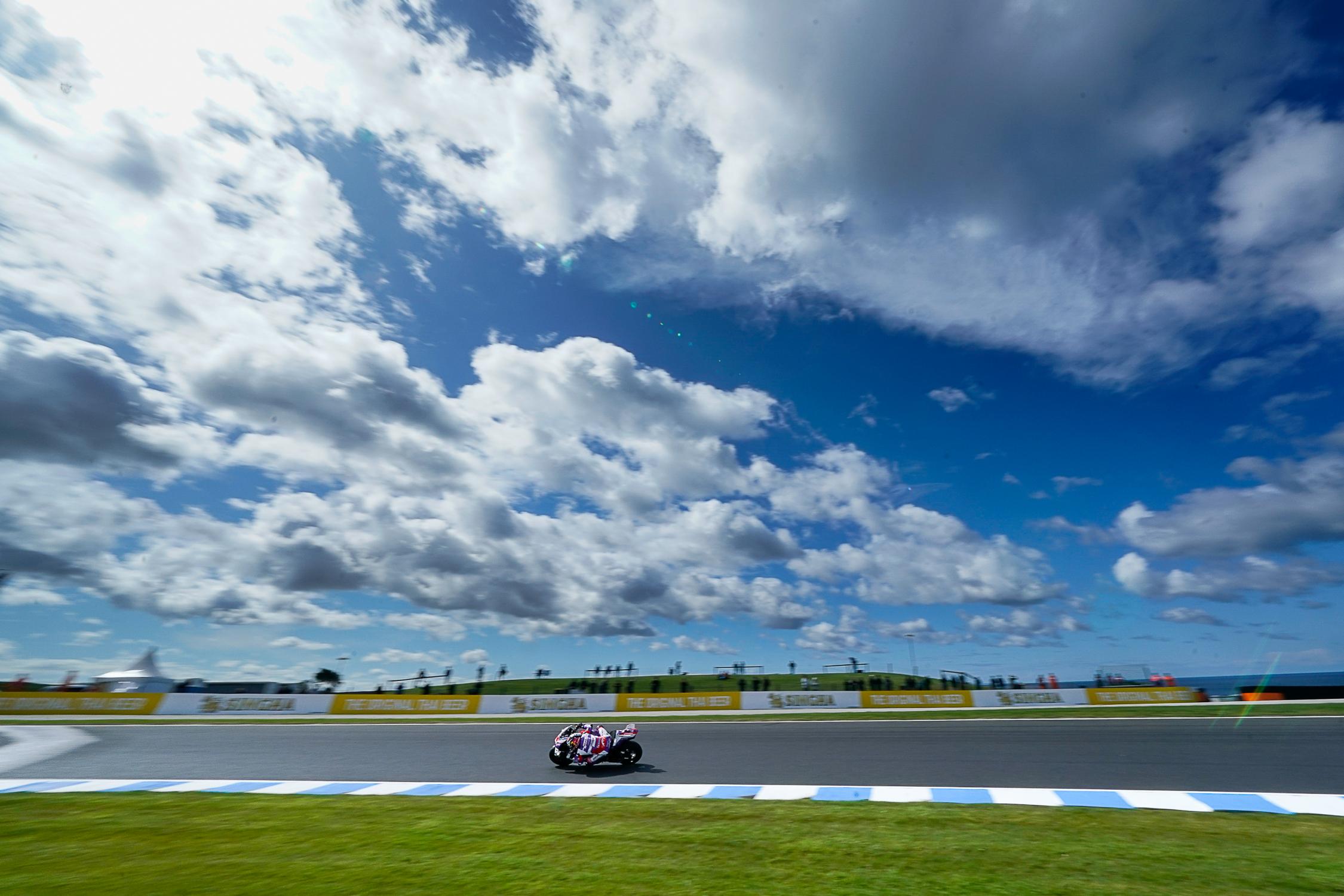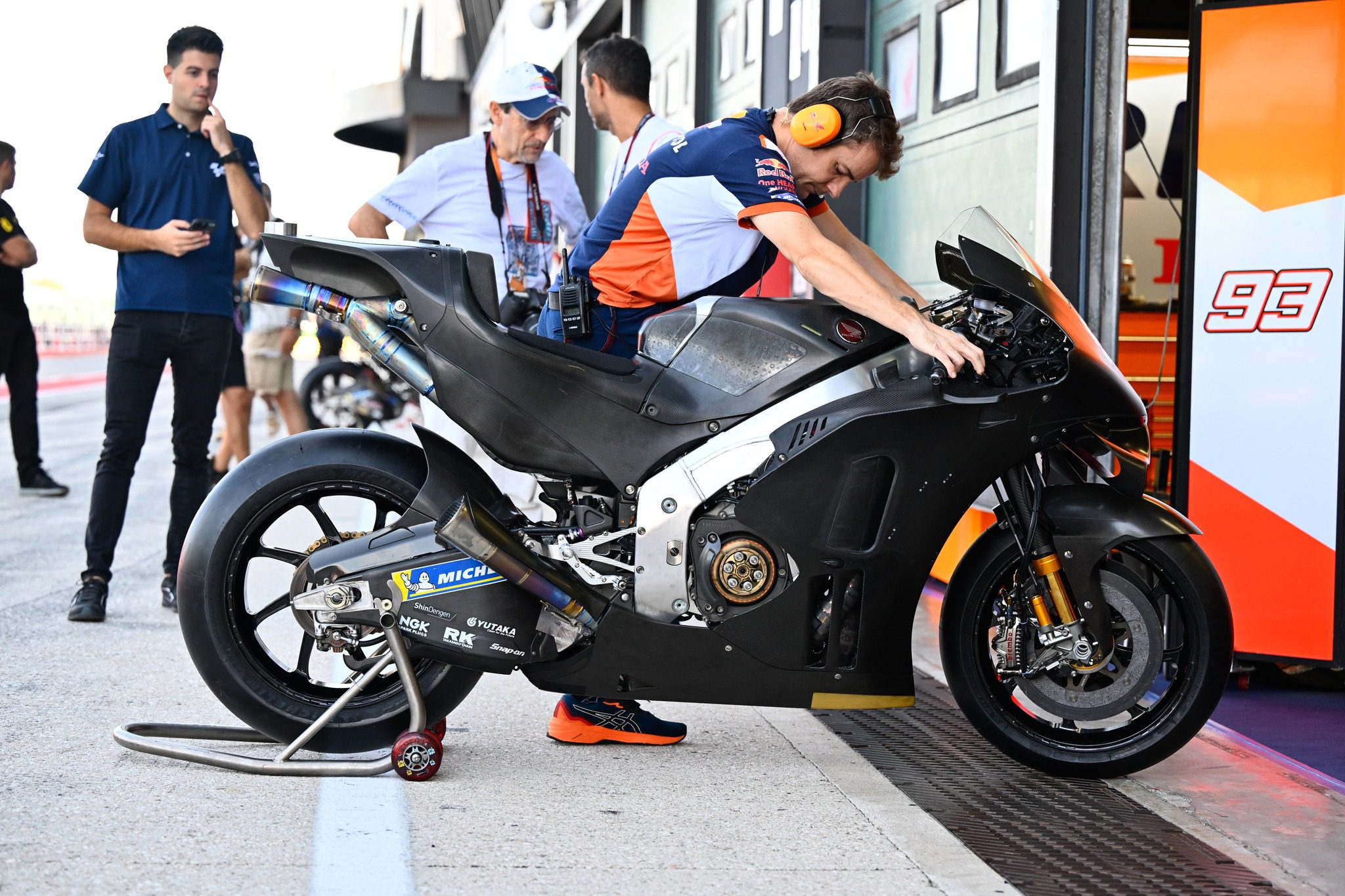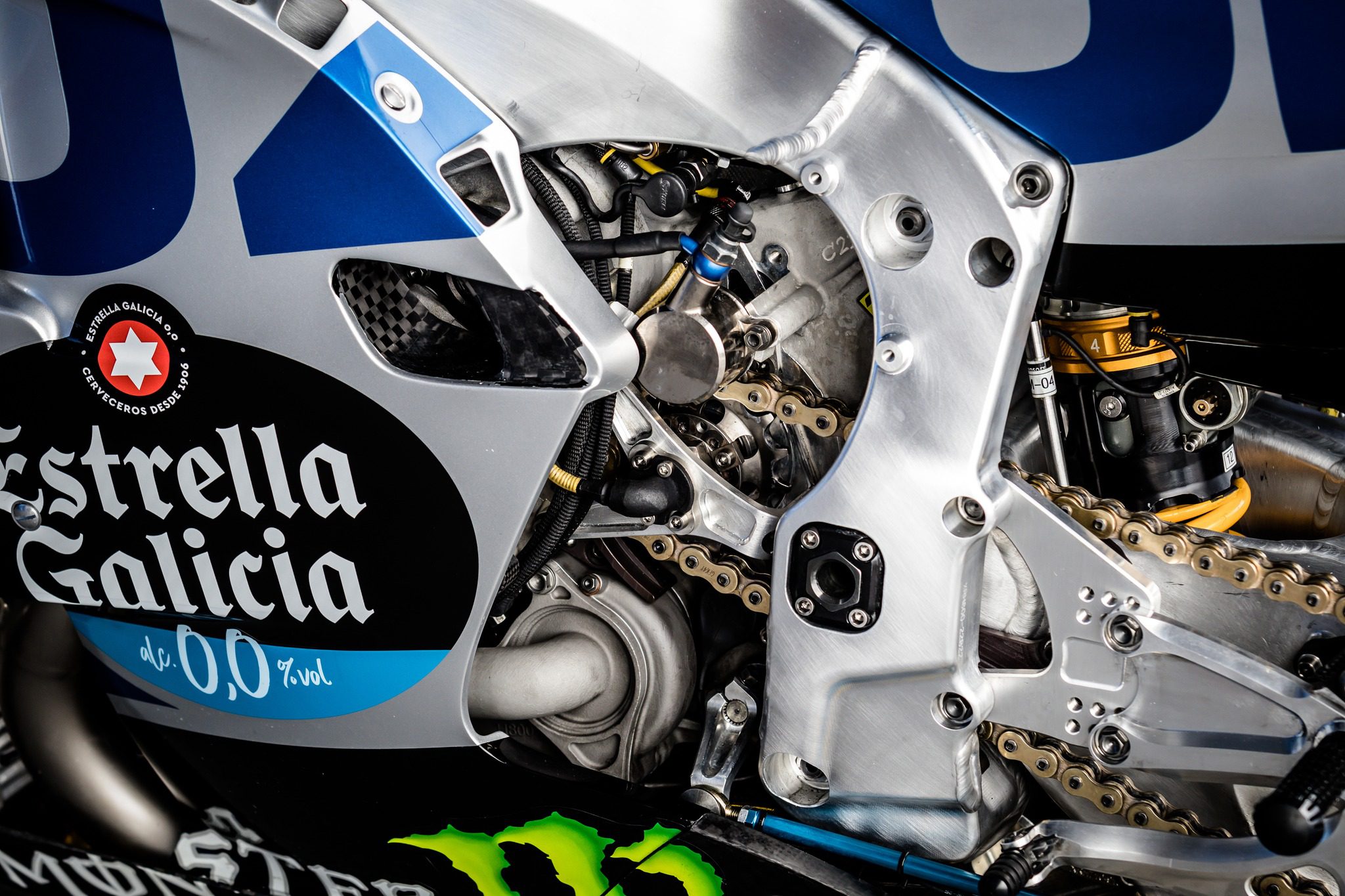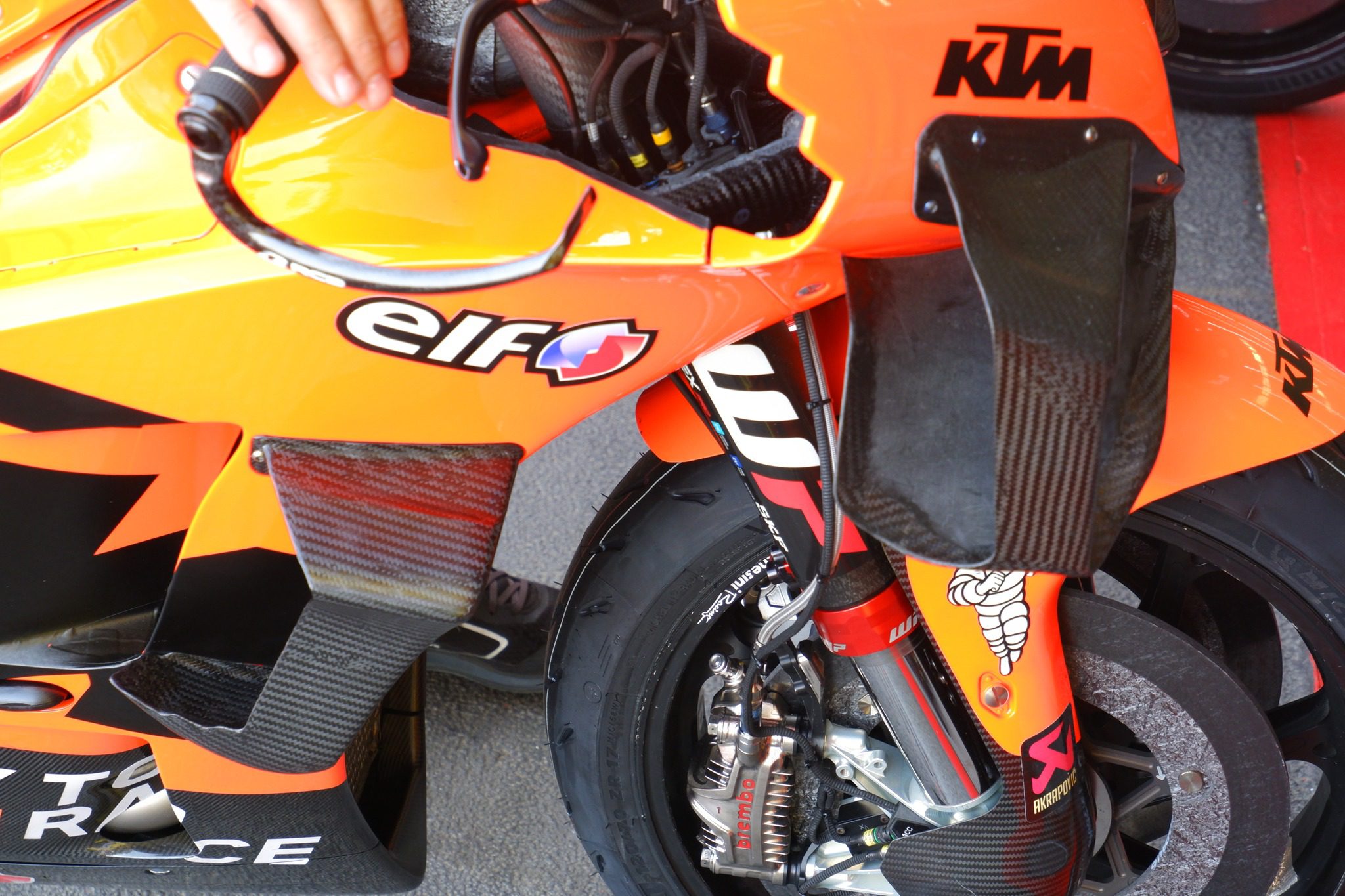MotoGP has returned to Australia for the first time since the pandemic. Phillip Island is a special route, a circuit appreciated by all: through the sea, with a drop, and above all a route made of turns rather than straight lines. So the competition is very tough, because more than power, you need traction and speed. However, pilots rarely use the ride height device, and aerodynamic modifications are approved by regulations. Explanations.
Behind the Ducati’s front fairing, you can see the entire hydraulic system that operates the front ride height device. This meant that no driver on the grid used it after Johan Zarco stopped using the device after the Japanese Grand Prix. As they will be banned in 2023, the tricolor driver ignores this technical feature. So he wants to resume his motorcycle riding habit without this method.
In Australia, riders rarely use ride height devices. In fact, Phillip Island is a fast and fluid track with minimal extreme braking zones and few large acceleration zones. These are the areas where the ride height device is used because it allows riders to give a performance boost. As few of these technical areas surround the Phillip Island circuit, the performance gain of these devices is minimal.
Asked about them at the press conference, Fabio Quartararo, Pecco Bagnaia, Aleix Espargaro and Jack Miller all said they were unlikely to use the method this weekend.
Another great weekend for Honda this weekend. As they continue to work to determine the best direction to take on the development of the RC213V for 2023, Marc Marquez admitted during the press conference that they will try a few things. Technical teams are unlikely to have come up with new parts, but more likely to see them testing different system options, or combinations of chassis / swingarms that have already been tested.
On this route, it is not unusual to see losses from the front, and this is due to the nature of the route, which is very specific to Phillip Island. Since it’s all about speed and moving speed rather than purely power and acceleration, it’s very common for prototypes with less power than competitors to not struggle as much as other tracks.
This will allow the Yamaha and Suzuki riders to use their natural cornering speed, an advantage of inline 4-cylinder engines. However, last year the V4s came to ride in Australia from 2019, so the cards are more likely to be replaced. But there is another factor in Phillip Island, which is the bike’s ability to handle slides and skids.
It is a track that rewards bravery, and here riders can overcome crashes if they can control their machine while maintaining a very high speed. We can easily imagine Marc Marquez and Brad Binder in 2022 with prototypes that are not in their favor, but there is no secret to sliding.
Unlike other race weekends where aerodynamic changes are prohibited (only 2 sets are synchronized per year), this weekend teams are authorized to remove side fins, which in theory is against the rules. However, this was changed this weekend due to weather safety concerns related to strong winds on Phillip Island.
The aerodynamic requirements at Phillip Island are not as great as at other tracks: wheeling is not a big problem because of the low-speed corners and lack of large acceleration zones. However, this is a possibility provided by the regulations and not an obligation. Some pilots like to keep them.
Pecco Bagnaia noted during the press conference that Ducati should be better here than in 2019, with changes to its aerodynamic package and especially the side fins helping them turn. Whether or not these fins are used will depend on whether or not there is wind on the circuit this weekend.

“Certified food fanatic. Extreme internet guru. Gamer. Evil beeraholic. Zombie ninja. Problem solver. Unapologetic alcohol lover.”










More Stories
US energy production hits new record
Rugby: Former Australia captain Michael Hooper has ended his career after his dream of competing in the Olympics evaporated.
Despite its lack of discipline, Australia prevailed against Georgia